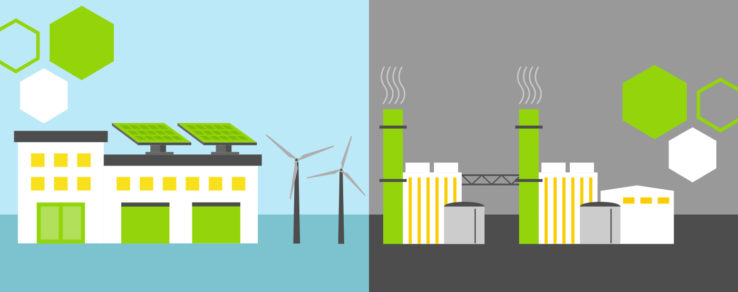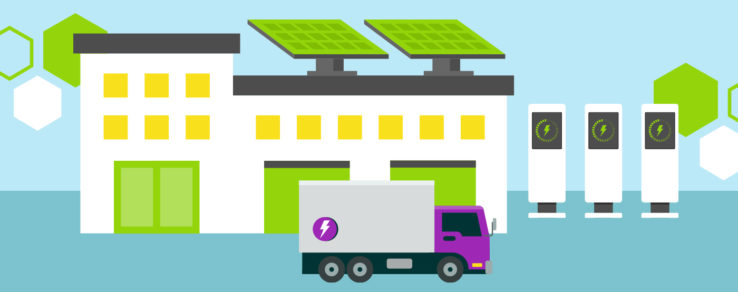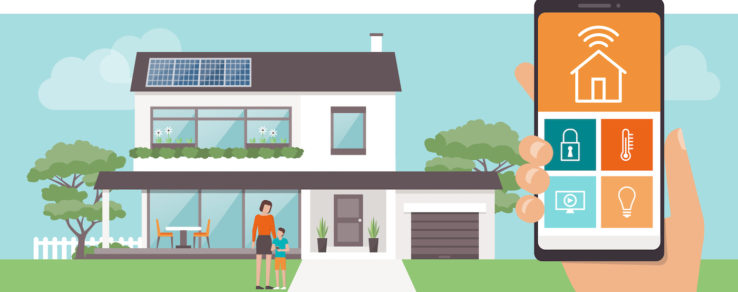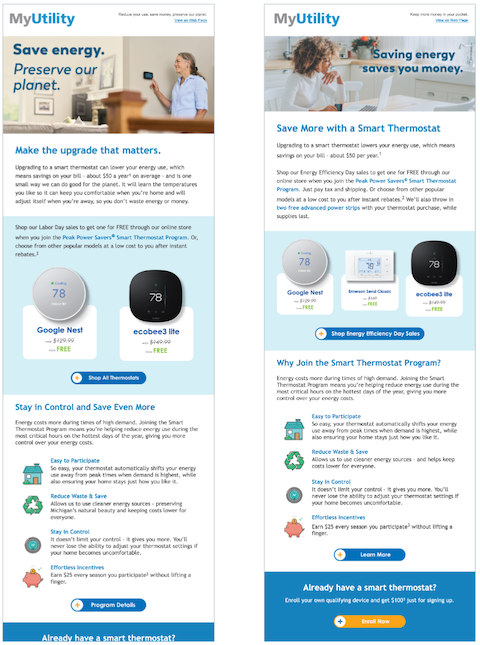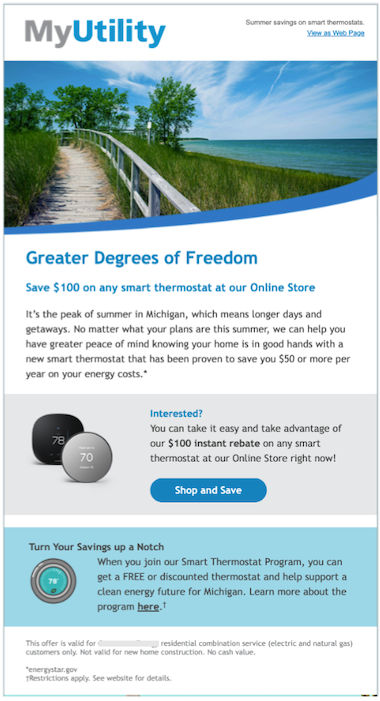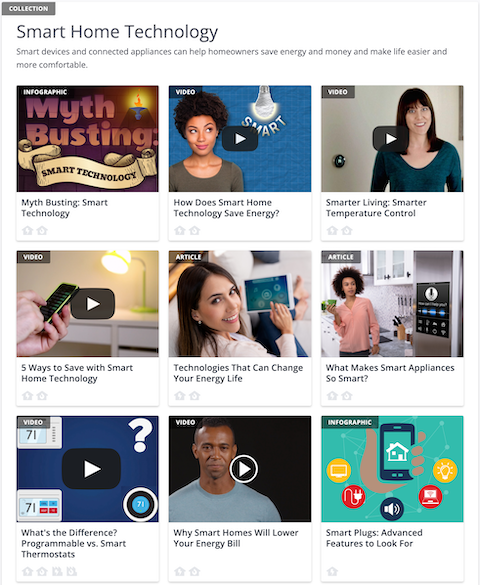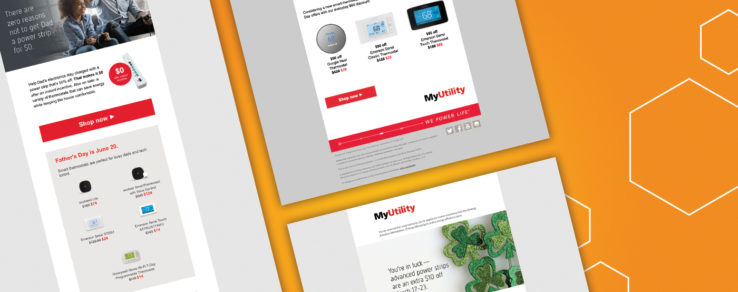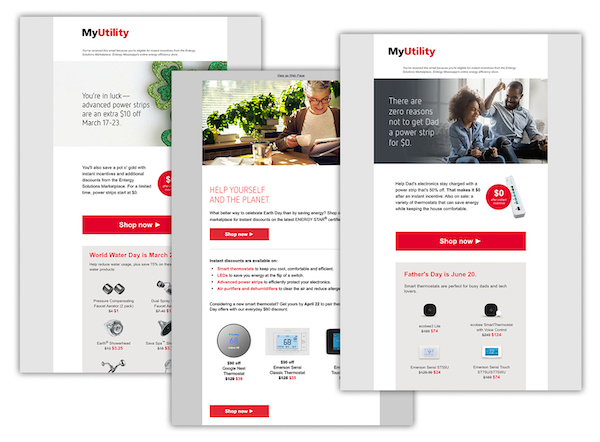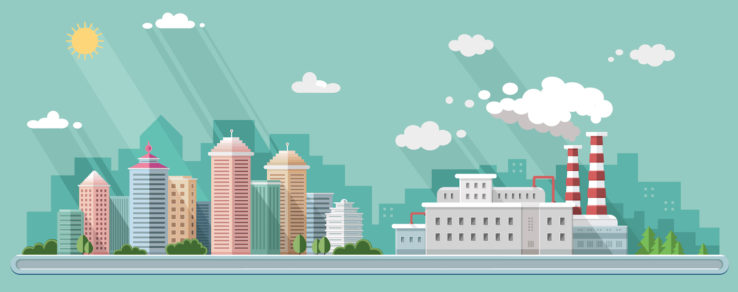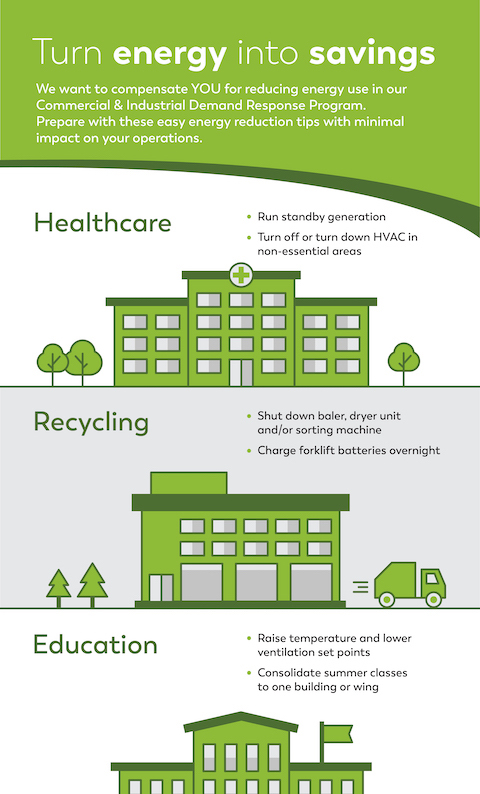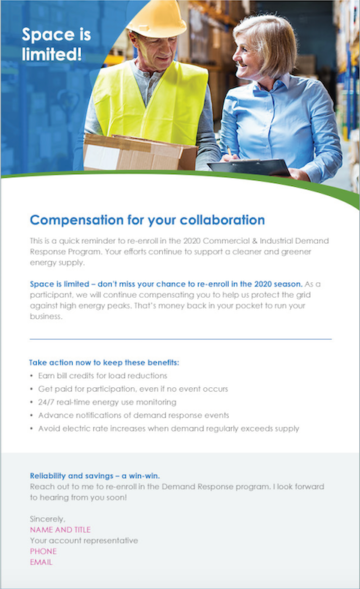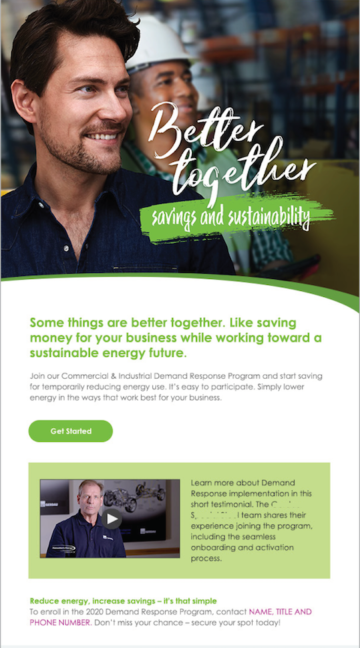In the utility industry, we find ourselves constantly at the crossroads of a rapidly changing energy landscape. The advent of beneficial electrification, for one, has put natural gas suppliers on their heels. The electric utility industry is touting the trend of reduced CO2 emissions per MWh from electric power generation over the last decade. Plus, the electric industry is promoting the lack of site emissions from wind and solar power and raising questions over natural gas leaks in the pipeline infrastructure.
With all that being said, natural gas plays a significant role in the global energy landscape. As one of the primary sources of energy, it is widely used in commercial buildings and for electricity generation. So, how should suppliers respond to customer concerns about the environmental impact of natural gas?
Understanding Natural Gas
To begin the conversation, “What is the Environmental Impact of Natural Gas,” the case first needs to be made based on a level playing field. This means understanding what natural gas really is and comparing emissions from source energy, not site energy.
What is natural gas?
As a hydrocarbon gas mixture, natural gas primarily comprises methane and ethane. The dominant component, methane (CH4), is a colorless, odorless gas, giving natural gas its characteristic properties. These attributes allow for natural gas to be conveniently stored and efficiently transported through pipelines, making it a readily available source of energy.
Despite these benefits, the use of natural gas carries significant environmental implications. It contributes to climate change, air pollution and water pollution. Methane, being the main component of natural gas, is a potent greenhouse gas. When released into the atmosphere, it plays a substantial role in accelerating global warming.
To supply an electron of electricity to our homes or businesses, a coal-fired power plant has to mine and burn coal, produce steam, turn a generator and then deliver the electricity over a relatively long distance through a transmission and distribution (T&D) infrastructure. Similarly, shale gas for a gas-fired turbine generator must be extracted from the ground by a drilling or fracking process, transported to the power plant, and combusted in the turbine to produce electricity. This electricity must also be delivered through T&D infrastructure to homes and businesses.
What is the carbon impact of natural gas?
Carbon dioxide (CO2), a greenhouse gas, is often associated with global warming. According to the Environmental Protection Agency (EPA), only 30% of CO2 emissions in the U.S. came from the production of electric power in 2019, compared to 35% from transportation. But let’s compare electric power generation emissions from coal plants versus combined cycle natural gas-fired turbine generators (CCGT) on a source CO2 equivalent (CO2e) basis.
The CCGT generates electricity directly from the turbine and subsequently from the turbine exhaust, which is used to make steam that powers a steam turbine generator. To properly compare, we will need to account for upstream CO2 and methane emissions from mining, drilling and processing as well as natural gas leaks and emissions from the combustion processes. A recent study by Stanford University estimated that CO2e emissions from a coal plant are twice that of a CCGT gas-fired plant for the same output (g/kWh) over a 20-year lifecycle. Reduced CO2 emissions per MWh from overall electric power generation is primarily due to natural gas replacing coal.
In addition, coal-fired plants (19% of all sources, the same as renewables) emit much more nitrous oxides (NOx) compared to gas-fired plants and copious amounts of sulphur dioxide (SO2) and particulate matter (PM) as well. NOx is nearly 300 times more powerful than CO2 and 12 times more powerful than methane at trapping heat in the atmosphere. SO2 is a toxic irritant to our lungs and forms acid rain. PM also causes respiratory problems.
The same EPA data also shows that total methane (CH4) emissions from enteric fermentation (cow digestive systems) is greater than either natural gas systems or landfills. Although methane emissions have 25 times the effect on global warming as CO2, they represent only 10% of total source greenhouse emissions (CO2, methane, N2O, HFCs, PFCs and SF6), compared to 80% for CO2.
Strategies for Effective Customer Communications about Natural Gas
Customers look to their energy provider for guidance and expertise. This is why it’s important to communicate both the benefits and potential drawbacks of the environmental impact of natural gas. Transparency in this regard not only fosters continued trust and loyalty but also equips customers with the knowledge they need to make well-informed decisions about their energy consumption.
Effective communication starts at the grassroots level: educating customers about natural gas, its properties and its environmental impacts. This education can take various forms, such as informative newsletters, educational webinars or interactive content pieces.
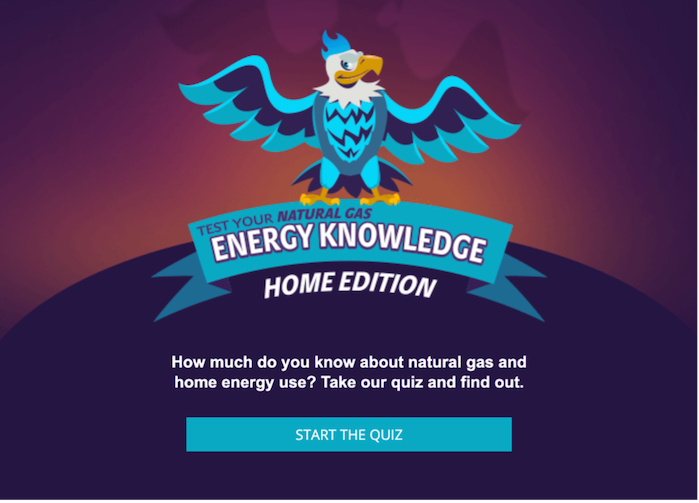
Building on this foundation of education, your utility can further enhance its communications. By presenting information about their natural gas usage in a clear and understandable format, you can show customers the direct impact of their energy consumption.
This could involve sharing data about how much natural gas they are using, the equivalent greenhouse gas emissions, and potential ways to reduce their footprint. Such an approach not only reinforces transparency but also encourages customers to take proactive steps toward a more sustainable lifestyle. The Ohio Consumers Counsel has put together an entire natural gas guide to help customers better understand their usage and how to read their bills.
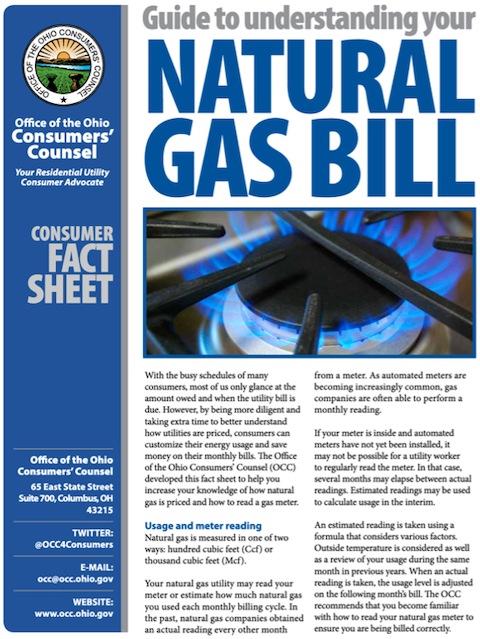
Moreover, highlighting real-world examples of businesses or households that have successfully reduced their natural gas usage and environmental impact can serve as potent motivators. These success stories, backed by industry expertise, can inspire other customers to follow suit. In addition, energy utilities can play a pivotal role in facilitating this change by offering programs that promote energy efficiency, such as rebates for energy-efficient appliances or incentives for switching to renewable energy sources.
As concern for the environment continues to grow, customers want to know, “What is the environmental impact of natural gas?” Through these concerted efforts, you can transform the way customers perceive and use energy.
Assisting Customers in Reducing Their Environmental Impact
Customers who use natural gas don’t need to be afraid of doing so. Rather, they just need to be better educated about the impacts of natural gas and what they can do to offset those negative effects.
Natural gas is actually the cleanest-burning fossil fuel, so it’s an ideal complement to solar and wind for power generation. Also, since the demand for raw materials for solar panels may drive the prices up, natural gas is still very competitive with renewables. And natural gas-fired power generation is needed to compensate for the intermittent operation of renewables. In addition, both biogas derived from organic materials and renewable natural gas (RNG) are environmentally friendly renewable fuels used to generate electric power.
The use of natural gas in its various forms can have important environmental benefits compared to the alternatives. Educating your energy utility’s customers about the environmental impact of natural gas consumption compared to other fossil fuels and renewable energy can help them better understand the benefits of natural gas.
Further, by promoting programs that encourage energy efficiency, offering rebates for energy-efficient appliances or providing incentives for customers who switch to renewable energy sources, your utility can encourage customers to live more efficient lifestyles.
Effectively communicating the environmental impact of natural gas usage is more than just a responsibility — it’s an opportunity for energy utilities to drive change. By taking a proactive approach to customer communication, we can empower our customers to make informed decisions, promote energy conservation and contribute to building a sustainable future.
